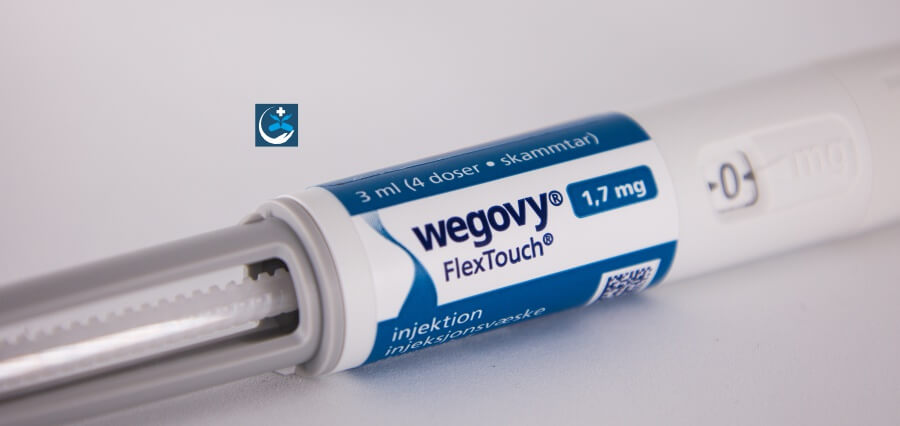Prescription fills for the weight loss drugs Zepbound and Wegovy have doubled in 2024 despite limited insurance coverage and out-of-pocket costs, new data from GoodRx shows. That surge in prescription fills speaks to a growing demand for GLP-1 and GIP agonists. Those are medications that are mimicking gut hormones, which help to suppress appetite and regulate blood sugar. Examples are Wegovy, from Novo Nordisk, and Zepbound from Eli Lilly. Each drug costs about $1,000 a month before discounts or insurance.
The latest data show that prescriptions for these medications have now increased considerably; for Zepbound, they are up over 300% since its approval in November 2023, while Wegovy fills have increased over 100%. High-priced drugs have generated so much interest because of their efficacy in managing obesity and obesity-related disease. So that’s the good news: it actually does represent a desire to lose weight across this country but affordability remains a huge issue. The data, based on GoodRx’s new Weight Loss Medications Tracker, indicates that insurance coverage for these drugs is limited.
Only 9% of patients with commercial insurance have unrestricted access to Zepbound, while 14% have unrestricted access to Wegovy. Many patients are still subject to additional requirements, such as prior authorization or higher BMI thresholds. For those with insurance, out-of-pocket costs can still be substantial. For example, insured patients on Zepbound will have to pay over $2,500 per year in copays, and the average monthly out-of-pocket cost for Zepbound was $231 between January 2023 and October 2024.
In addition, the coverage for weight loss drugs remains inconsistent with nearly 20% of individuals with commercial insurance not being covered for any branded GLP-1 or GIP agonist prescriptions. Based on GoodRx, U.S. consumers have collectively overspent by at least $200 million in paying full retail prices instead of using savings options, including GoodRx’s coupons or manufacturer assistance programs. For those without insurance, GoodRx calculates saving an average of $250 a month, or $3,000 per year.


